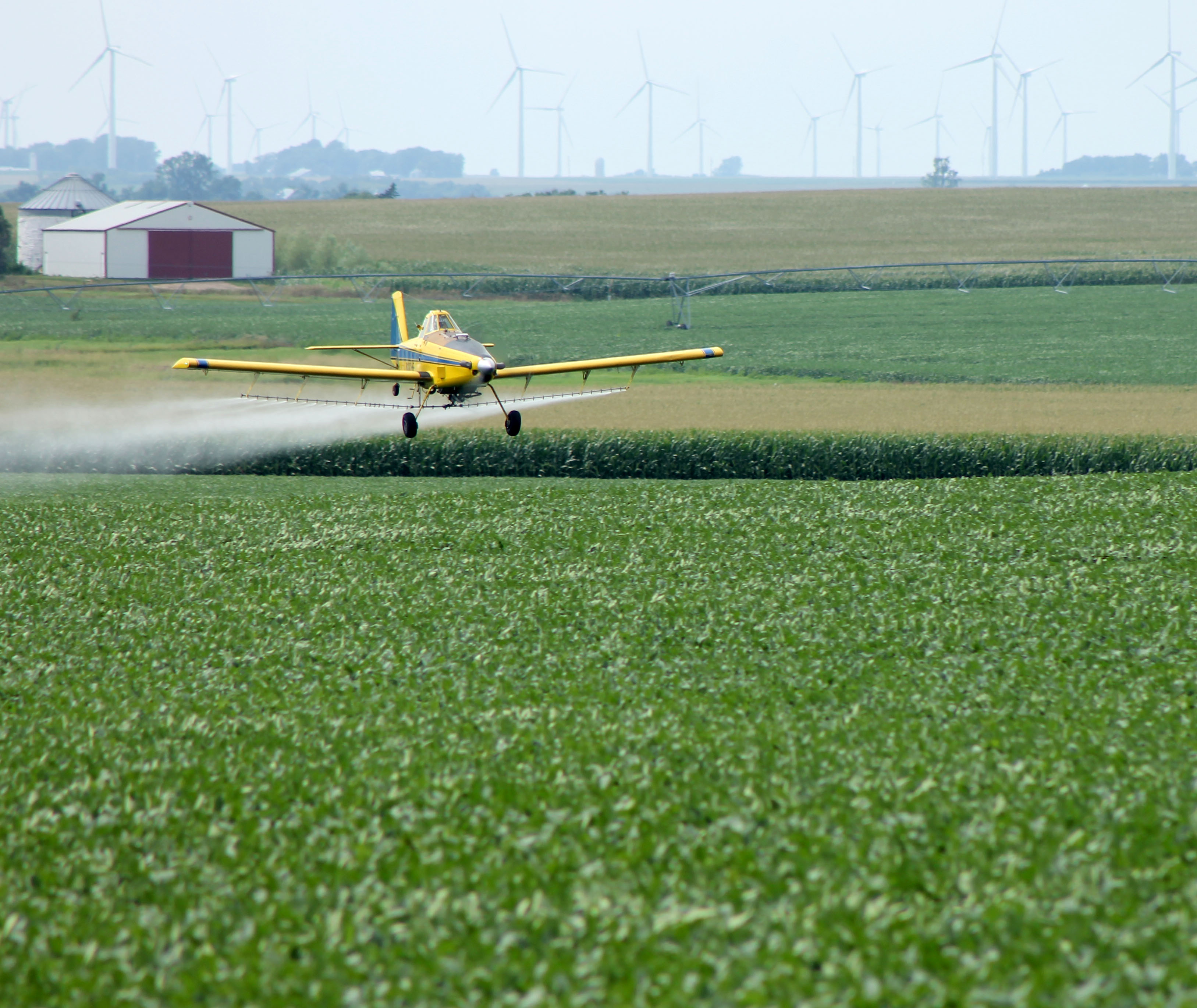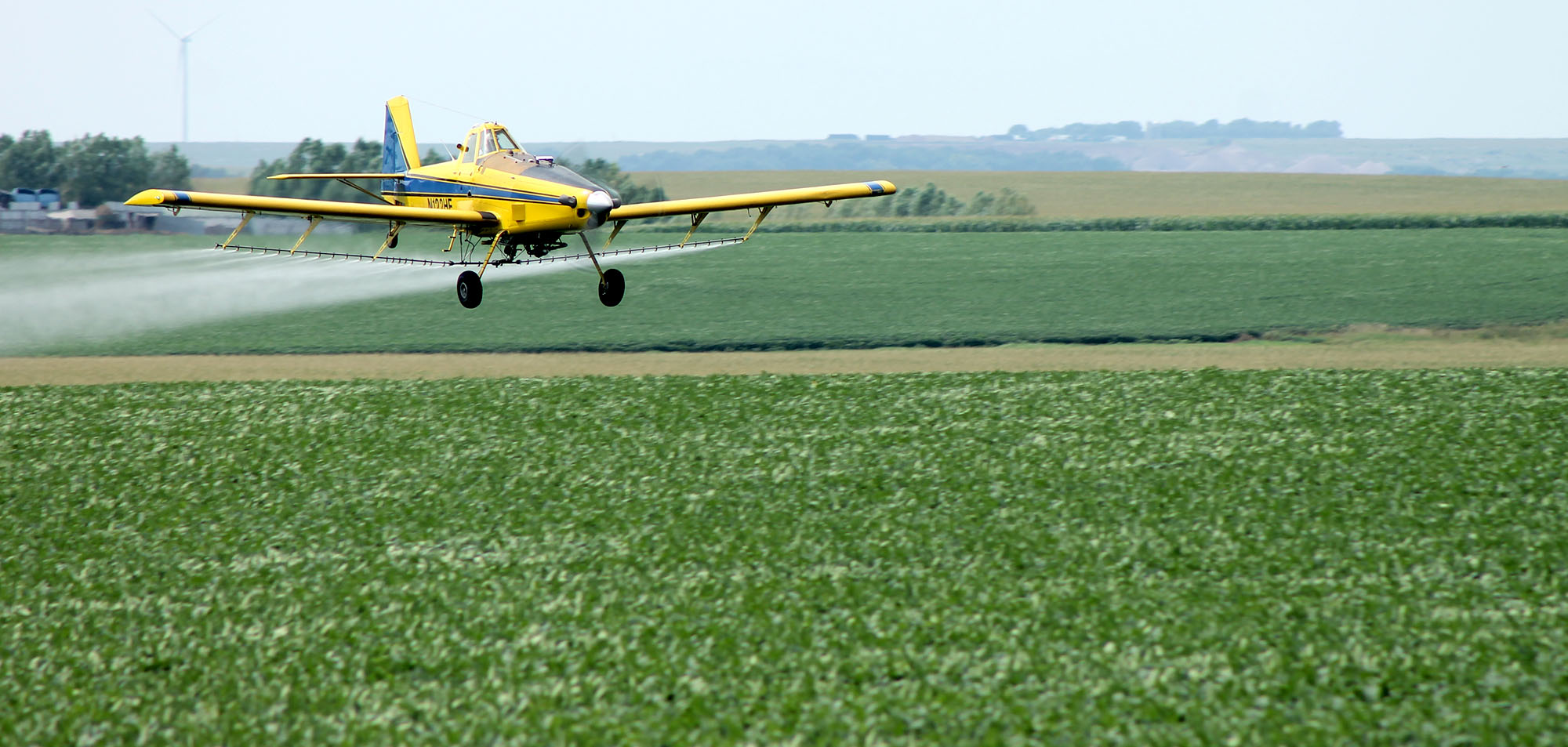 ,
, 
It has been five years since area crops have looked this good in mid-August.
That was the finding of the Aug. 9 Minnesota Crop Progress & Condition report, which rated both corn and soybeans at the highest condition since 2010.
Locally, crop conditions mirror the state’s findings.
“They look fantastic,” said agronomist Dan Boltjes with CHS Eastern Farmers Co-Op in Magnolia.
“I think yields will be good.”
State on track for record corn, soybean yields
Eighty-nine percent of the state’s corn was rated in good to excellent condition, according to the Aug. 9 report. A week later, however, its Aug. 16 report dropped corn conditions dropped 1 percent to 88 percent good to excellent.
Soybean conditions were rated 83 percent good to excellent on Aug. 9. The Aug. 16 report dropped that to 80 percent.
Despite the drop, Minnesota is on track to record the highest corn and soybean production on record, according to the monthly USDA crop production report released Aug. 12.
Minnesota corn production is forecast at 1.43 billion bushels. Based on current weather conditions, yields are expected to average 184 bushels, an increase of 28 bushels per acre from last year.
Soybean production is forecast at 366 million bushels, 11 percent above the previous high from 2010. As of Aug. 1, forecast yield is 48 bushels per acre.
If this materializes, yield will be the highest on record, surpassing the 2005 high of 45.5 bushels per acre, up 2 bushels from the July forecast.
Rock County could also exceed record yields
If state crop conditions indicate the best yields in the past five years, Rock County’s best yields may also be exceeded.
Locally, both yield records were set in 2010.
That year, area corn yield was 189.2 bushels per acre with soybeans yielding 54.3.
Since the production report’s release, the area has received additional rainfall and is still experiencing ideal weather conditions.
As of Aug. 9, 90 percent of the state’s soybean plants are setting pods, up from 76 percent a week ago and well ahead of the five-year average of 69 percent.
This is the optimal time to protect soybeans from aphids.
Recent aerial spraying seen as yield protection
Two aerial spraying companies have been working out of the Quentin Aanenson Airfield south of Luverne since late July.
According to Ben Baum, Luverne’s fixed base operator, pilots from Wilber Ellis Agribusiness and AgriMAX have had multiple aircraft at the airfield.
The pilots have been spraying pesticides to curtail soybean aphids, an insect that sucks fluid from the plant, stunting growth and pod development. Some corn was also sprayed to inhibit fungus growth.
“If they feel it pays back, it’s worth it,” said CHS Eastern Farmers Co-Op’s Laurine Gerritsen, also in Magnolia.
Agronomist Boltjes said producers were quick to spray for the tiny insects because of the reduction of yield the bugs can cause.
Boltjes estimated spraying garners a three- to four-bushel yield gain. A decision not to spray could mean as much as a 10-bushel-per-acre reduction.
So far, almost 50,000 acres of soybeans have been sprayed in Rock County, which is average. Last year local producers planted 109,500 soybean acres.
Pilot Nicholas Matthews with Wilbur-Ellis in Huron, South Dakota, has sprayed 16,000 of those acres.
“That’s a fair amount for one plane to do,” he said.
The choice of spraying by air rather than from the ground more effectively places the pesticide inside the plant canopy, where more of the aphids reside.
Matthews sprayed his last field on Wednesday, Aug. 12, ending the seemingly constant buzzing of planes.
“This weekend will be peaceful again,” he said.
U.S. crop production forecasts lower yields
U.S. corn production is forecast at 13.7 billion bushels, down 4 percent from last year’s record production, according to the Aug. 1 crop production report.
Yields are expected to average 168.8 bushels per acre, down 2.2 bushels from 2014. If this is realized, this will be the second highest yield and third largest production on record for the U.S.
Corn’s estimated price per bushel is $3.65 to $3.75, down from $4.46, the 2013-2014 average farm price.
Soybean production is forecast at 3.92 billion bushels, down 1 percent from last year.
Yields are expected to average 49.6 bushels per acre, down 0.9 bushels from last year.
Soybean’s estimated price per bushel is $10.05, down from $13.00, the 2013-2014 average farm price.



